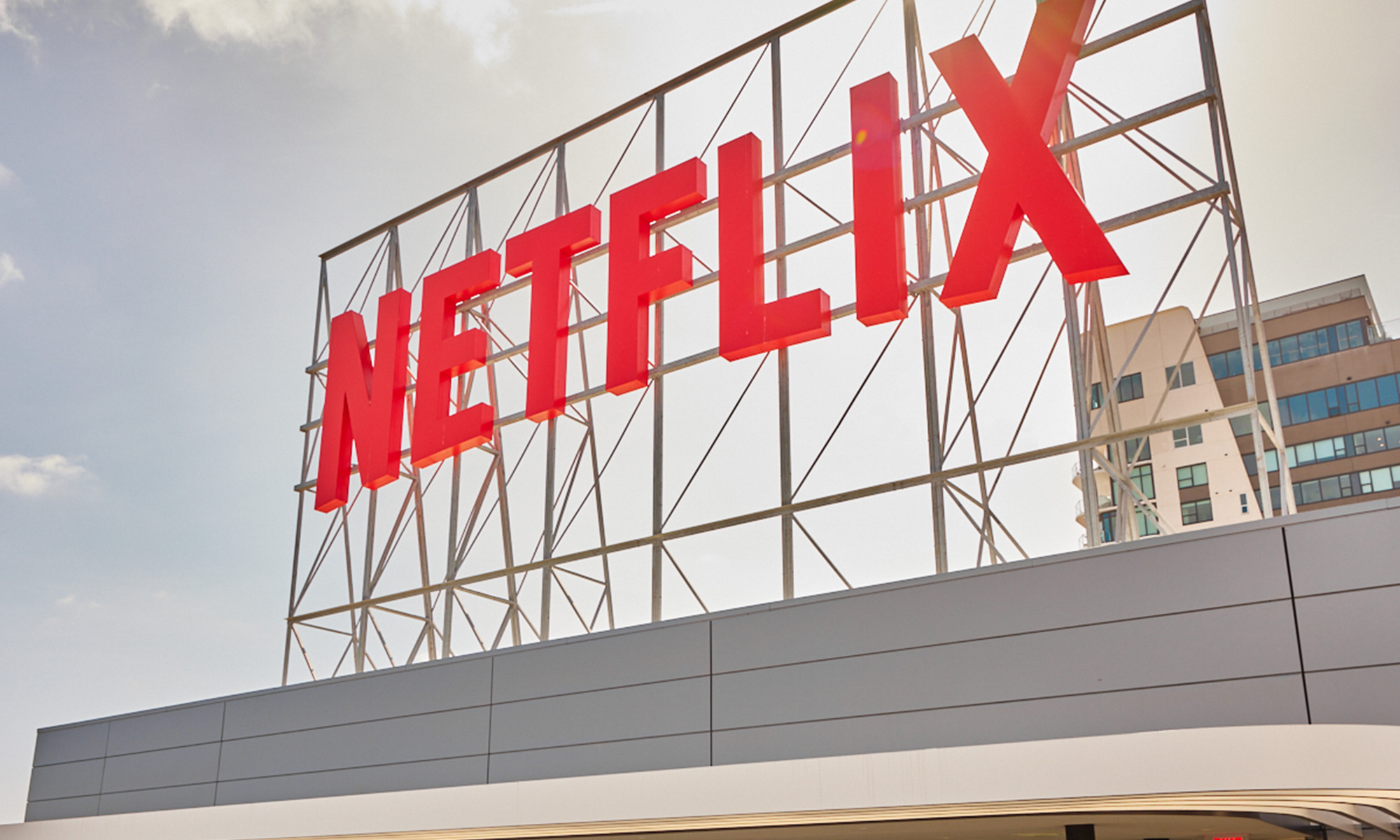On Friday, the long-awaited fourth season of Netflix (NFLX +0.12%) original series House of Cards was released. House of Cards was the streaming video pioneer's first high-profile original series, and Netflix spared no expense with the show, hiring A-list talent like Kevin Spacey and Robin Wright.

House of Cards was Netflix's first high-profile original series. Image source: The Motley Fool.
Three years after the series debuted, it remains a key prestige piece for Netflix. However, the show is also important to Netflix from a financial perspective, thanks to its ability to keep existing subscribers loyal while bringing in new customers. Let's take a closer look at how the new season of House of Cards could help Netflix.
Original programming drives growth
Netflix management has highlighted in recent quarters how new seasons of popular original series can drive subscriber growth.
In January, CEO Reed Hastings said that Netflix's most important source of near-term growth in the U.S. would be people who have heard a lot about Netflix but haven't felt "compelled" to join yet. He's relying on original content to provide the impetus for these potential customers to take the plunge.
As Netflix tries to grow its subscriber base, there are some advantages to rolling out completely new series that may appeal to different audiences. However, there are also powerful benefits to adding more seasons of existing shows. Last fall, Ted Sarandos -- Netflix's content chief -- argued that as Netflix produces more seasons of each original show, "the franchise value grows dramatically."
For example, in the weeks before Netflix releases a new season of an established original series like House of Cards, there is usually a lot of buzz about the upcoming season. Each year, this gives Netflix an opportunity to recruit new customers. Once they join, these new subscribers will already have dozens of old episodes to watch at their own pace.
Keeping customer churn down
New seasons of established series can also help Netflix reduce churn, or the percentage of customers canceling service in any given period. Five years ago, Netflix's monthly churn rate was about 4%. This meant that over the course of a year, nearly half of its subscribers would cancel. (Some of those people might later rejoin the service, though.)

Original content has helped reduce Netflix's churn rate in recent years. Image source: The Motley Fool.
Netflix stopped reporting subscriber churn in 2012, but a third-party study estimated its annual domestic churn at just 9% last year. That would be a huge improvement from just a few years ago. Nevertheless, given the size of Netflix's subscriber base, even at a 9% churn rate it needs to recruit more than 4 million new subscribers each year just to stand still.
Thus, minimizing churn is critical for driving subscriber growth. The lower Netflix's churn rate, the fewer sign-ups it needs to grow its subscriber base.
Season four of House of Cards should help reduce subscriber churn this quarter by making fans of the show less likely to cancel. Indeed, Netflix saw an improvement in churn during last year's first quarter, which it attributed in part to the House of Cards third season launch.
Proven results
Netflix posted strong domestic subscriber growth during the first half of 2015, when it released the new seasons of House of Cards and Orange Is the New Black. Subscriber growth was less robust in the second half of the year.
Of course, it's impossible to know for sure why any particular Netflix customer chooses to subscribe to the service (or cancel). Undoubtedly, some of the trend change was caused by other factors. However, Netflix executives see original content releases as a key growth catalyst and the evidence definitely suggests that new seasons of its high-profile originals cause an uptick in subscriber growth.






